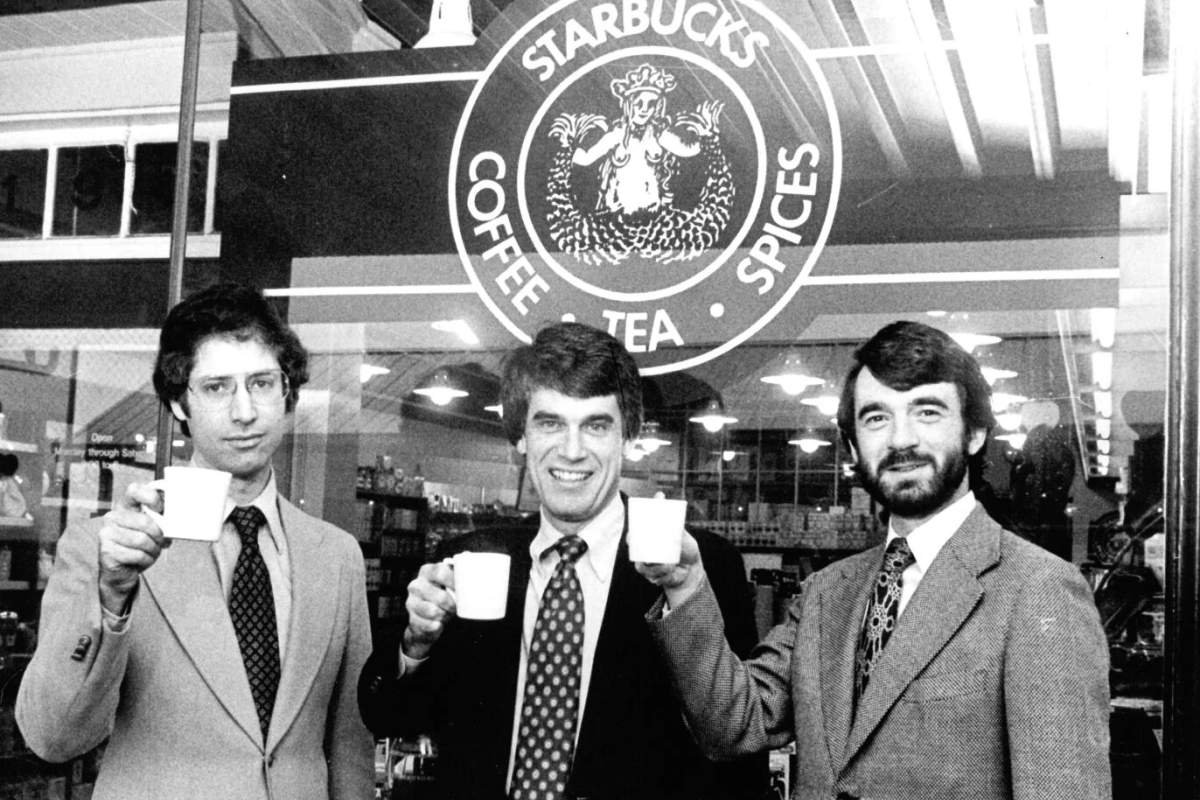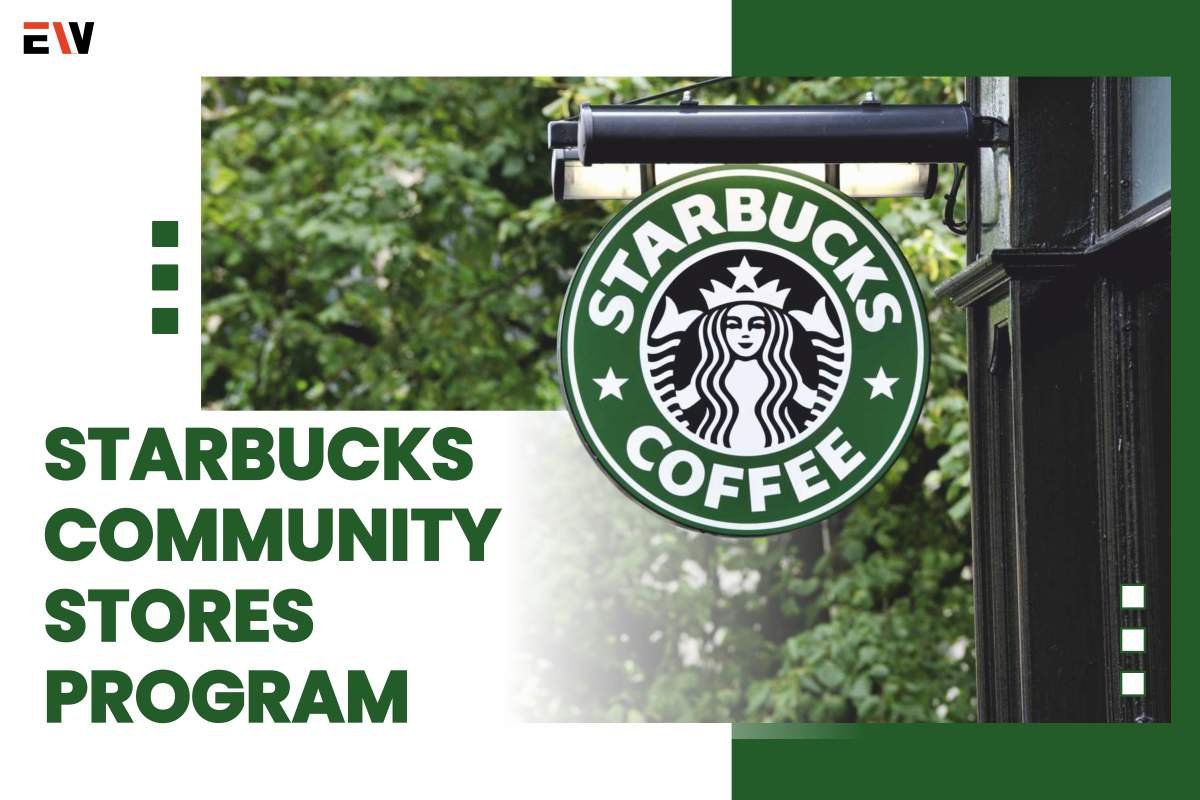[Source – www.allrecipes]
Starbucks, a prominent player in the coffee industry worldwide, is well-known for its dedication to social responsibility and community involvement. One of its significant initiatives is the Starbucks Community Stores Program. This program was created to promote community development and address local needs, incorporating Starbucks’ corporate social responsibility (CSR) principles into the fabric of local neighborhoods.
Introduction to Starbucks and the Community Stores Program
Starbucks, which was founded in 1971, has expanded from a single store in Seattle to a global chain of coffeehouses with thousands of locations around the world. In addition to serving coffee, Starbucks has always prioritized ethical sourcing, environmental responsibility, and community engagement. The Starbucks Community Stores Program is a prime example of this dedication, as it focuses on creating stores that serve as more than just coffee shops, but also as centers for social impact and community growth.
The Vision Behind the Community Stores Program
The Community Stores Program focuses on addressing social and economic challenges in underserved communities. Each store collaborates with local nonprofits and organizations to offer education, employment opportunities, and support services that are customized to meet the specific needs of the community. Through these partnerships, Starbucks utilizes its presence to generate positive and enduring change.
Key Components of the Community Stores Program
1. Local Partnerships
Each Community Store collaborates with local nonprofits to address important issues such as youth unemployment, education, and housing. These partnerships are crucial for identifying and meeting the specific needs of the community. By working with organizations deeply rooted in and knowledgeable about local challenges, Community Stores can implement targeted and effective solutions.
For example, a partnership may involve hosting job fairs with a local employment agency, organizing educational workshops with schools, or working with housing nonprofits to support affordable housing initiatives.

2. Job Training and Employment
Community Stores provide comprehensive job training programs to equip residents with valuable skills and job opportunities. These programs may include vocational training, resume-building workshops, and interview preparation sessions. The goal is to reduce unemployment rates within the community and create pathways for career advancement. By offering training aligned with local job market needs, Community Stores help ensure participants are well-prepared to secure stable and fulfilling employment.
3. Youth Support and Education
Recognizing the importance of investing in the next generation, many Community Stores prioritize youth education and support programs. This can include mentorship programs where young people are paired with role models for guidance and support.
Tutoring sessions may be offered to assist students with their studies, while scholarship programs can provide financial aid for higher education. These initiatives aim to empower young individuals, giving them the confidence and resources needed to succeed academically and personally.
4. Volunteerism and Community Engagement
Starbucks encourages its employees to participate in volunteer activities and community service to give back to the communities they serve. Organized events and initiatives may include community clean-up days, food drives, or fundraising events for local causes. By engaging in these activities, employees not only contribute to the improvement of their communities but also promote a sense of unity and purpose. This focus on volunteerism helps strengthen community bonds and fosters a culture of active citizenship among employees and residents.
Impact and Success Stories
The Starbucks Community Stores Program has achieved significant success since its establishment. For example, the first Community Store in Harlem, New York, has offered job training and employment opportunities for local youth, leading to a decrease in unemployment rates. In Ferguson, Missouri, a Community Store was opened in response to social unrest and has collaborated with local organizations to assist in economic revitalization and community healing.

One noteworthy success story is the Starbucks Community Store in South Los Angeles. Through partnerships with local nonprofit organizations, this store has provided resources and assistance to formerly incarcerated individuals, aiding in their reintegration into society and securing stable employment. These initiatives demonstrate the transformative impact of the Community Stores Program.
Future of the Community Stores Program
Starbucks is planning to expand the Community Stores Program, with a goal of opening 100 Community Stores by 2025. This expansion demonstrates the company’s continued commitment to using its resources for social good and making a positive impact in communities globally.
Conclusion
The Starbucks Community Stores Program exemplifies how businesses can play a pivotal role in addressing social and economic challenges. By integrating community development into its core operations, Starbucks not only enhances its CSR initiatives but also strengthens the communities it serves. Through local partnerships, job training, youth support, and volunteerism, Starbucks Community Stores are making a tangible difference, one cup of coffee at a time.










